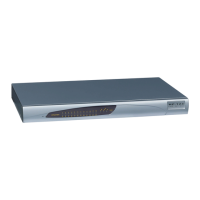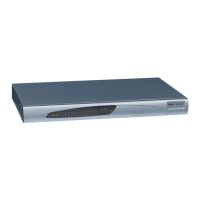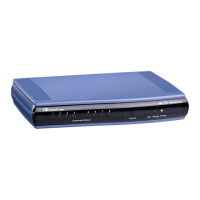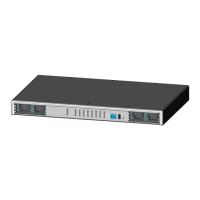Version 7.2 923 Mediant 1000B Gateway & E-SBC
User's Manual 61. Dialing Plan Notation for Routing and Manipulation
61 Dialing Plan Notation for Routing and
Manipulation
The device supports flexible dialing plan notations for denoting the prefix and/or suffix
source and/or destination numbers and SIP URI user names in the routing and
manipulation tables.
Note: When configuring phone numbers or prefixes in the Web interface, enter them
only as digits without any other characters. For example, if you wish to enter the
phone number 555-1212, it must be entered as 5551212 without the hyphen (-). If the
hyphen is entered, the entry is invalid.
Table 61-1: Dialing Plan Notations for Prefixes and Suffixes
Notation Description
x (letter "x") Wildcard that denotes any single digit or character.
# (pound symbol)
When used at the end of a prefix, it denotes the end of a number. For
example, 54324# represents a 5-digit number that starts with the digits
54324.
When used anywhere else in the number (not at the end), it is part of the
number (pound key). For example, 3#45 represents the prefix number
3#45.
To denote the pound key when it appears at the end of the number, the
pound key must be enclosed in square brackets. For example, 134[#]
represents any number that starts with 134#.
* (asterisk symbol)
When used on its own, it denotes any number or string.
When used as part of a number, it denotes the asterisk key. For
example, *345 represents a number that starts with *345.
$ (dollar sign) Denotes an empty prefix for incoming IP calls that do not have a user part in
the Request-URI, or for incoming Tel calls that do not have a called or
calling number. This is used for the following matching criteria:
Source and Destination Phone Prefix
Source and Destination Username
Source and Destination Calling Name Prefix
Range of Digits
Note:
Dial plans denoting a prefix that is a range must be enclosed in square brackets, e.g., [4-8] or
23xx[456].
Dial plans denoting a prefix that is not a range is not enclosed, e.g., 12345#.
Dial plans denoting a suffix must be enclosed in parenthesis, e.g., (4) and (4-8).
Dial plans denoting a suffix that include multiple ranges, the range must be enclosed in square
brackets, e.g., (23xx[4,5,6]).
An example for entering a combined prefix and suffix dial plan - assume you want to match a rule
whose destination phone prefix is 4 to 8, and suffix is 234, 235, or 236. The entered value would
be the following:
.
[n-m] or (n-m) Represents a range of numbers.
Examples:
To depict prefix numbers from 5551200 to 5551300:

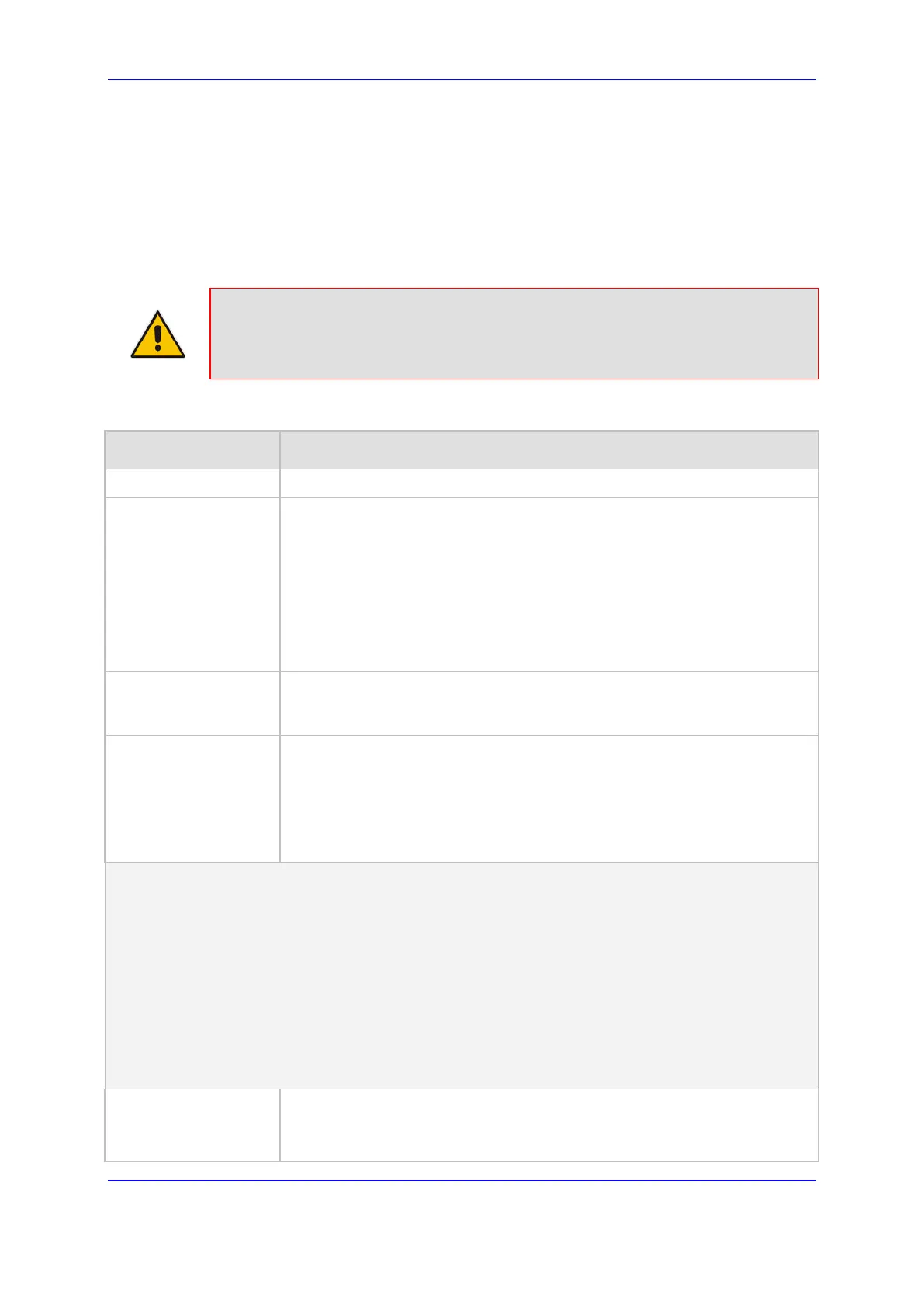